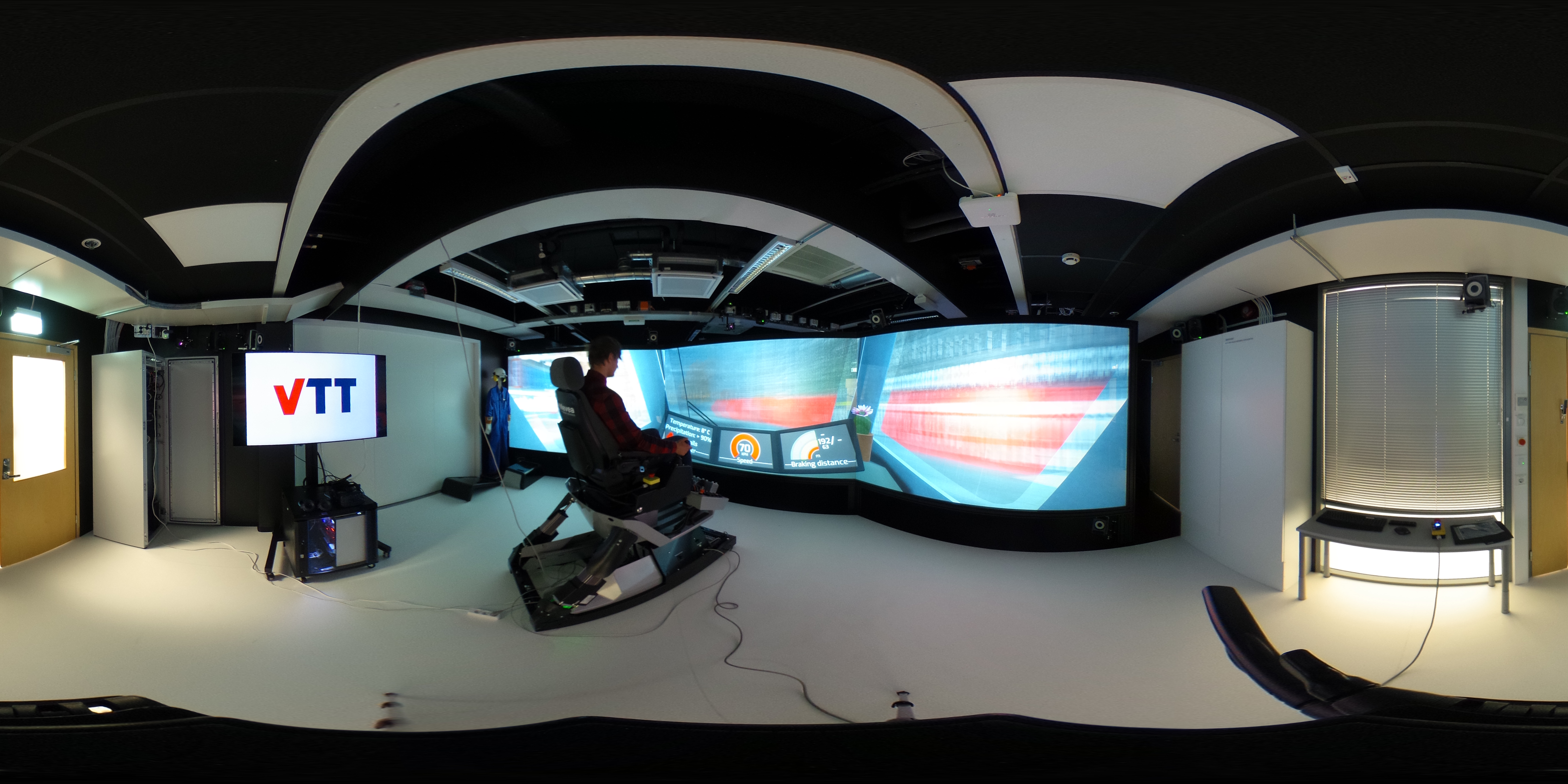Finland pools resources to streamline plant decommissioning
Nuclear plant decommissioning is a major growth industry that needs coordinated, multi-disciplined companies working closely together and researchers at VTT Technical Research Centre are looking how to streamline the entire process to slash costs and boost efficiency.

Related Articles
The VTT dECOmm research project, started last year with a budget of 1.3 million euros ($1.4 million) and due to be completed before the end of next year, aims to combine the talents and expertise of carefully selected Finnish companies to find innovative and systemic solutions to the global decommissioning business, researchers told Nuclear Energy Insider.
“What we are trying to do is to bring more Finnish companies in to nuclear area and also those already in the nuclear industry, such as decommissioning experts, to create business networks that can provide new services to the market,” says senior scientist and project manager Tapani Ryynänen.
BMH Technology (industrial waste), Ekonia (air quality measurement technology), Delete (industrial demolition and cleanup), Fortum (energy group), Dust Shelter (sheltering systems for construction sites), Sweco (consulting engineering) and TVO (a nuclear power utility) have all joined the dECOmm project.
Ryynänen argues that only a fifth of any decommissioning project revolves around the nuclear element of the target plant, while the other 80% is more aligned with the traditional destruction of large concrete structures.
“Many companies have the know-how and have the tools but are afraid of the nuclear business,” he says, adding that the project aims to “nuclearize” companies that have not yet stepped into the nuclear business.
Demolition Robots
Delete (“We Delete Your Problems”) specializes in services ranging from construction, damage control, flood and fire damage repairs, demolition and recycling and waste management, and until dECOmm, had only very limited experience in the nuclear industry.
Currently working on the decommissioning of Swedish Oskarshamn and Barsebäck nuclear power plant generators, motors and their support systems, the company is developing demolition robots which will form part of the dECOmm project.
“Our primary area of expertise is deconstruction. We have experience in every sort of demolition that you could think of as well as expertise in hazardous materials and that gives us a unique perspective,” Nicolas Ruotsalainen, Delete’s International Trade Manager, tells Nuclear Energy Insider.
“When we’re looking at demolition robots, there’s quite a limited offering available but we have a broad experience in using them and we have experience customizing our equipment to fit specific needs in any dismantling and demolition product,” he says.

(VTT's VR laboratory located in Tampere, Finland. VTT is studying, among other things, how VR and AR can be used to promote safety and better planning in mechanical engineering, construction industries, and now also in decommissioning. Source: VTT)
Meanwhile, Sweco is working on developing augmented and virtual reality models to allow for a complete risk analysis of the plant in question from offsite as well as artificial intelligence for modelling.
The company claims that, through automation and smart data management, they can lower costs and the time needed for decommissioning.
The ability to map a site accurately is invaluable for all participating companies, especially in the planning phase, as well as for regulators, says Markus Airila, Project Manager for FiR 1 research reactor decommissioning at VTT.
“When you have a visual plan of things, it improves the communication of stakeholders and provides a much clearer understanding. You simply work better when you have good visuals for communicating, especially when you’re dealing with someone not in the nuclear industry” says Airila.
As the world adjusts to the new reality post-COVID-19, pulling together experts in one virtual space to discuss the strategy for something as complex as the decommissioning and dismantling of a nuclear power plant from the safety of their own offices and homes, will become crucial.
Dust Shelter meanwhile boasts it can provide fast, efficient and ecological sheltering for construction sites.
“You have a certain area or volume that you need to isolate because it’s producing dust etc. How many walls do you need to put up? If you have a good model, you can plan this very well, get the stuff you need and set it up for the next stage,” says Ryynänen.
Scaling up
The VTT researchers are currently in the analyzing phase of decommissioning of the FiR 1 research reactor and are progressing toward the dismantling and waste management phases. Work decommissioning the FiR 1 research reactor - Finland’s first nuclear reactor with a thermal power of just 250 kilowatts - has proved vital for the dECOmm project.
VTT awarded the contract to decommission the research reactor to Finnish utility Fortum early April.
Starting with the FiR 1 helps non-nuclearized companies better understand the challenges inherent in working with nuclear plants, the researchers say, adding that the work can be scaled up to deal with the many nuclear power plants facing decommissioning around the world.
And it is this lure of dozens of potential projects across the globe as first-generation plants put up in the sixties and seventies face decommissioning today that has attracted companies not usually in the nuclear industry to take part in the dECOmm project.
“Why now? I would be remiss if I didn’t mention that the nuclear decommissioning sector is an expanding field and we see good opportunities in the market,” says Delete’s Ruotsalainen.
By Paul Day
